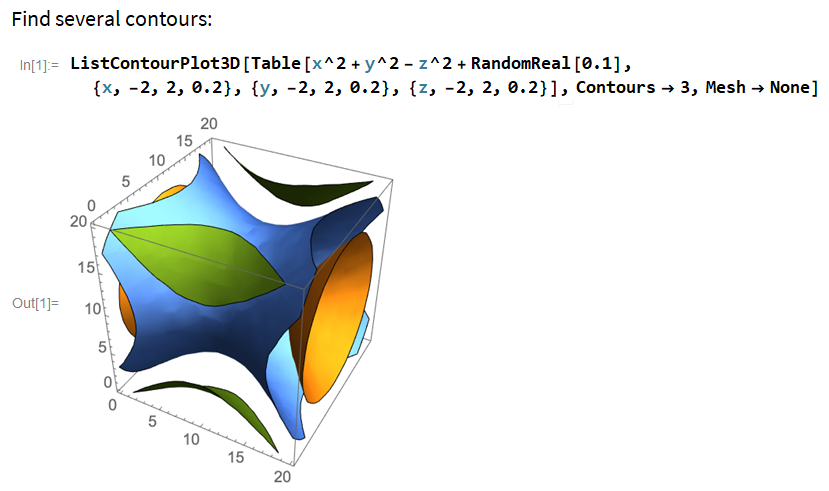
It is undoubtedly possible to make this, but it can take a long time. If we make a copy-paste of code from Wolfram Mathematica, the problem arises that a rather large code should be transferred along the lines in the Visual Studio. In the starting orientation ('above'), increases from -5 on the left to 5 on the right. The cons is that you have to use two development environments for development. This Demonstration plots the complex exponential. The pros is that complex mathematical calculations can be written in Wolram Mathematica. I often use Visual Studio to develop the interface, and Wolfram Mathematica to handle computations. However, it has a number of problems that I ran into after. In my last article, I described the simplest example of integrating Wolfram Mathematica and Visual Studio. The synergistic effect of this approach is achieved by using the advantages of the language in those parts for which the chosen language will be most effective and compensating for the shortcomings in those where it is best to use another language. In such systems, for different tasks for different parts, the programming language is chosen, by means of which the best result is achieved. Projects using multiple programming languages open up new possibilities for designing software systems. Outdated languages are in no hurry to leave our technologies, programs have been written with a lot of solutions in them, and they continue to work. A number of languages already exist and new ones continue to appear. Give a geometric method of finding them, i.e.Nowadays, we don't have programming languages that would equally well solve all problems of software systems.


Give a word description of the square function.Now increase p from Pi to 2Pi and study the resulting plots. Then plot the segment of the line connecting the points We will have to use other devices.į(z) = z 2 as a map of one copy of the complex plane into another.Įnter the following command to define a vertical line in the complex plane, Since both the domain and the range of such a function have dimension two - as a real space - the graph will be an object in real 4-space.

In this part we examine various graphical tools for representing complex functions of a complex variable. Mathematica Tutor Part 14: Graphical representations of complex functions


 0 kommentar(er)
0 kommentar(er)
